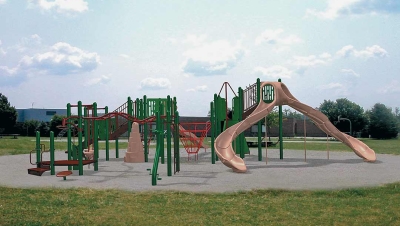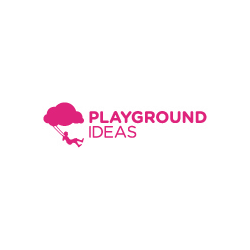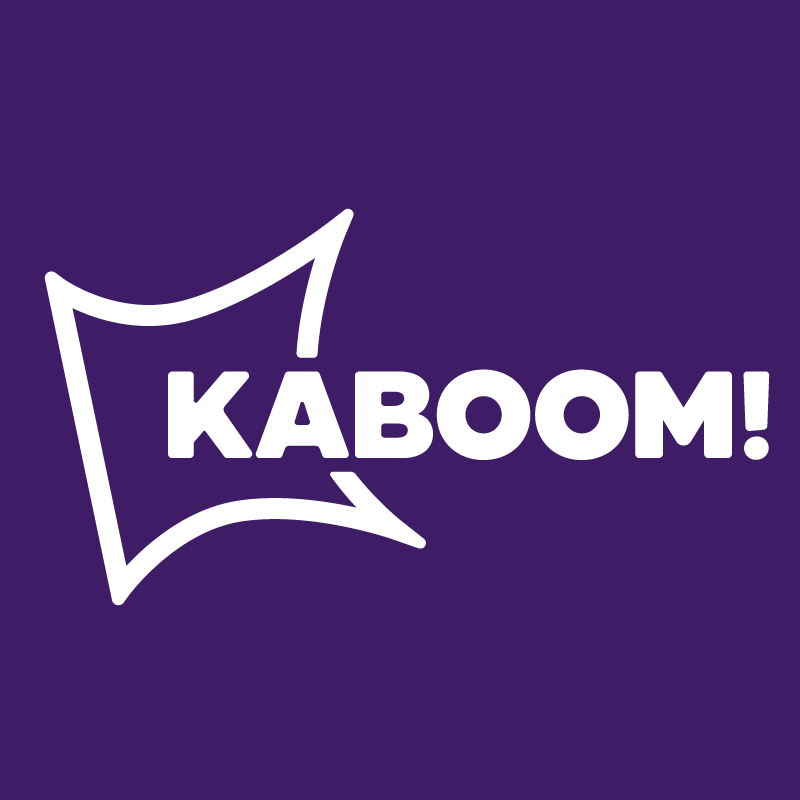Many municipalities and school districts use the low-bid method to obtain everything from janitorial supplies to playgrounds. This practice, while generally accepted as a valid system for getting the best buy, isn't the only valid system for purchasing new playground equipment.
Recently I visited with a city architect whose city by-laws require her to accept low-bid from a single source. This meant that even though she might have liked one company's swing products over the company she purchased the structure from, she was compelled to buy all the products from a single source, the lowest bidder.
Another low-bid instance comes from a school district facilities manager. The PTO had selected the playground they wanted and used 3-D examples of the structure to entice and excite the neighborhood, to recruit funding from a granting source, and to show the children what to anticipate. When it finally came time to purchase the equipment, district policy required the project to go out for bid. The low bidder was not the playground the PTO had selected. These parents and children felt slighted, and rightly so. Their efforts went for something other than what they had expected during two years of fundraising.
Many playground owners are "one-time" purchasers of playgrounds. Unlike cities or schools that have the opportunity to learn what works and doesn't work for their agency with each new structure they buy, Home Owner's Associations, for example, have to live with their decision whether right or wrong and forever. Where playgrounds are concerned, low-bid is not always the best buy. A widely used and possible solution to some of the trials and errors of low-bid purchasing is the Request for Proposal (RFP) system.
A well-written RFP allows companies that want to submit a proposal the opportunity to show off the best attributes and designs their equipment has to offer. In one gesture your playground planning committee gets to see the best of the best from each potential playground company. The myriads of designs in each of the playground catalogs are miraculously narrowed to a select few, any of which may be a perfect match if it follows the criteria set forth in your RFP.
Let's look at a basic RFP situation
A playground is needed. It needs to serve _____ children.
The kid's ages range from _____ to ______ .
Funds available $ ______? dollars to spend on equipment, excavating, surfacing, and installation.
Throw in a couple of specifics such as tot-swings, a merry-go-round, and maybe a widely-popular net climber.
In one step, you can narrow your purchasing options to only those companies that can meet your needs and eliminate types of products your playground committee does not want to consider. Ask for playground equipment that is certified by the International Playground Manufacturers Association, IPEMA. You'll also want to select playground installers qualified by the International Playground Contractors Association, NPCAI. Use qualifying statements such as: only playground equipment that is IPEMA certified will be considered, or only NPCAI qualified installers may respond to this RFP.
Next, itemize your project conditions so the respondents to your RFP know everything that should be included in their proposal. Let them know how much room you have and what other site conditions may affect a design, such as slope and direction of wheelchair access. Ask the suppliers to tell you how long it will take the playground to deliver once it is ordered. Perhaps you would like respondents to visit the site before presenting their proposal so they can share their recommendations for readying the site for installation.
Perhaps your committee needs several sets of site drawings of each design; say so and specify how big they need to be. Perhaps the project will be posted online for a review board to see. Ask in the RFP for computerized drawings. Are colors important at this stage? Maybe you'll want to see a variety of colors; just let them know. Maybe you'll want to get more than one idea from each respondent; say so.
Make sure to state how submissions will be evaluated. Letting the potential respondents know how the playground planning committee will weigh certain criteria is vital for getting the responses you want.
Sample Evaluation Criteria
- Completeness of information and responsiveness to specifications
- Quality and durability of materials expressed in warranties and product specifications
- Play value
- Dollar value
- Equipment delivery timetable
- Creativity and variety of events for the age group specified
- Installation and installation timetable
Once you have tried purchasing and installing a new playground using the RFP method, you ay never need to go back to the low-bid method again.











Add new comment